From PANCE® success to clinical excellence with
Free PANCE Practice Questions
Combine targeted review and practical application with the gold standard of exam prep
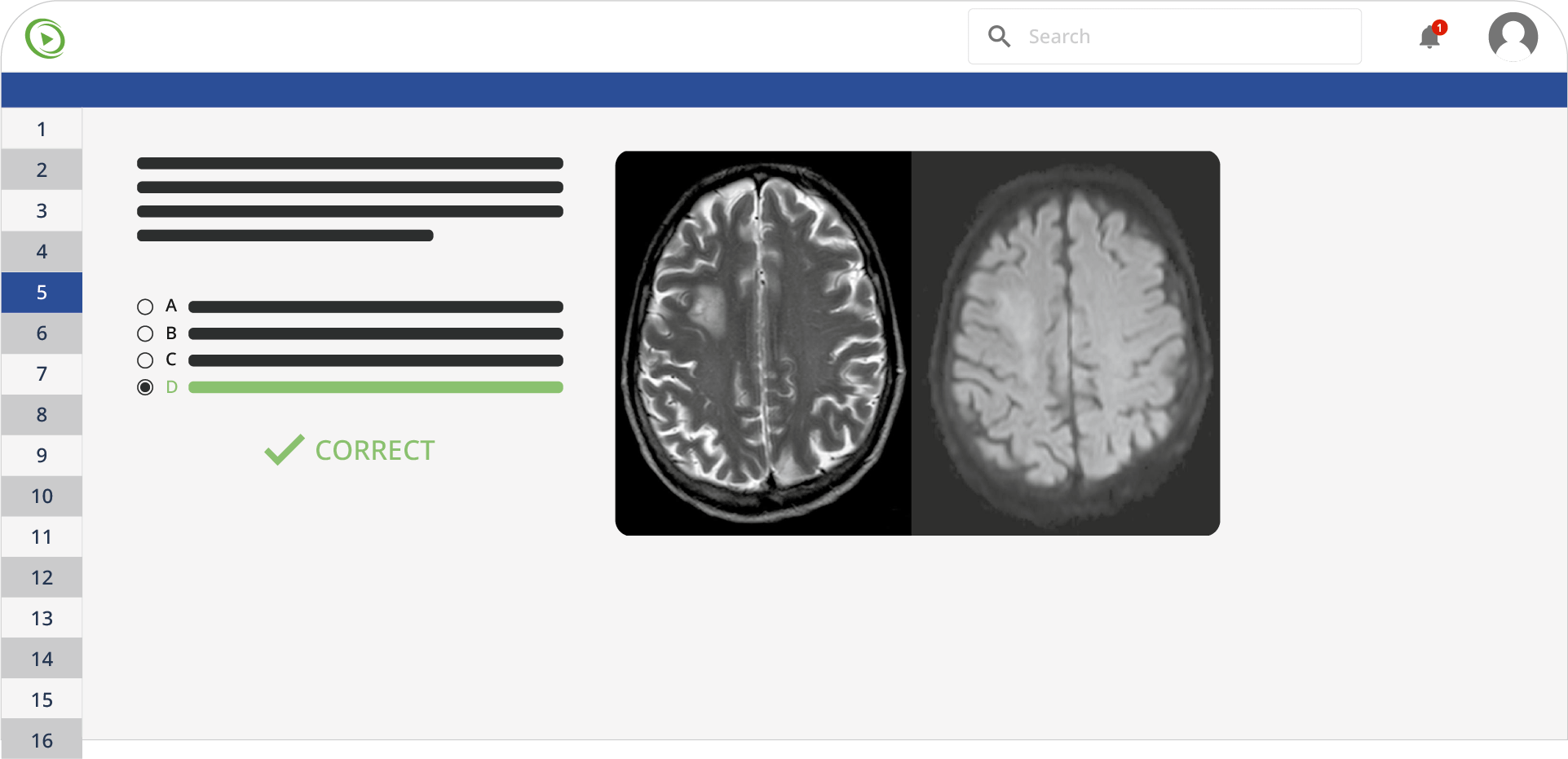
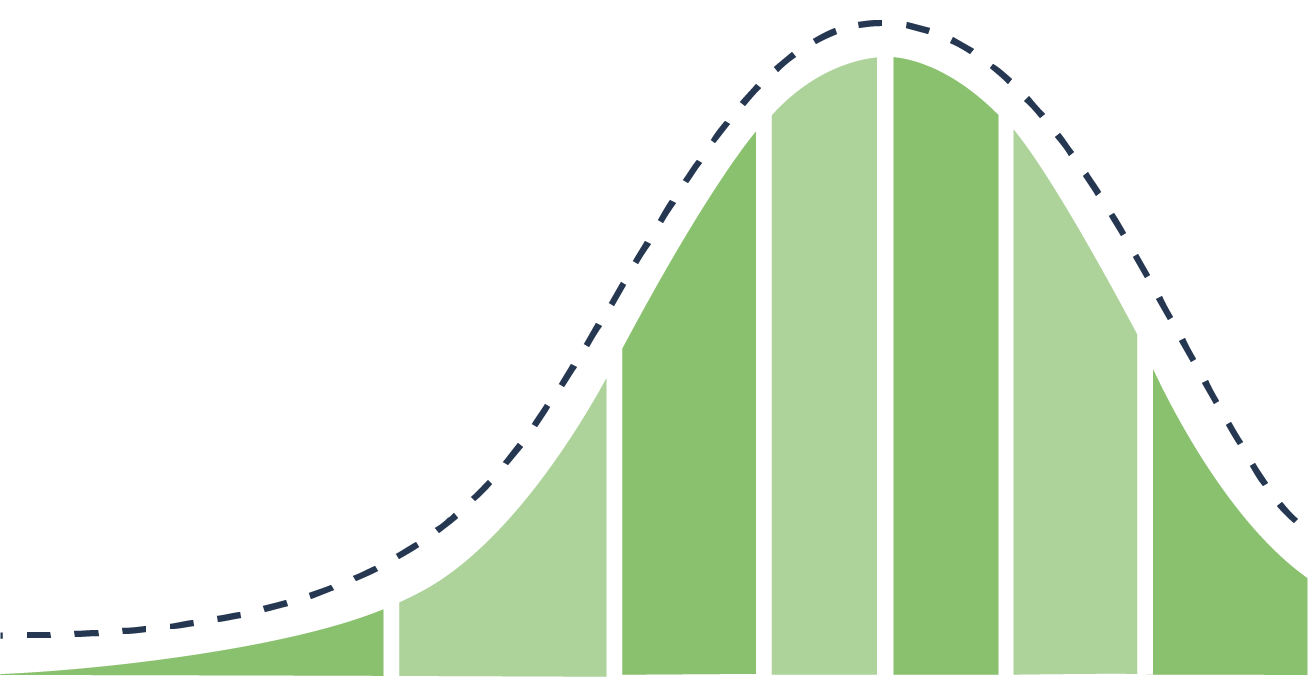
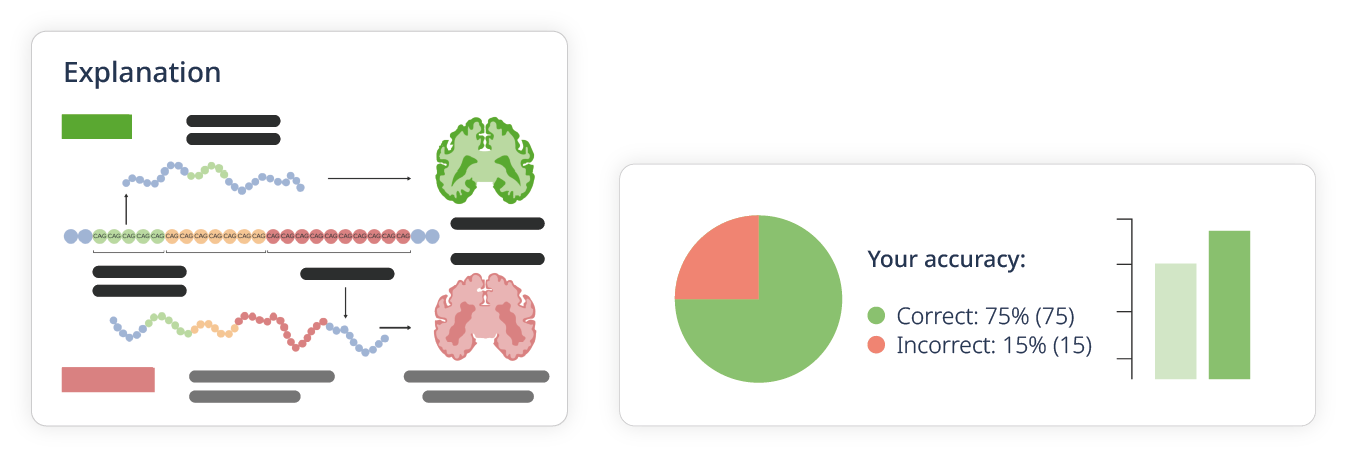

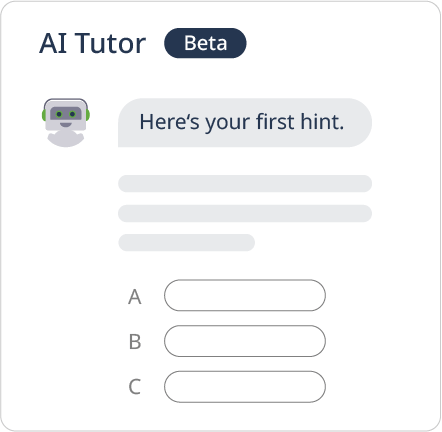
Achieve superior results with a powerful PANCE-style Qbank
Realistic questions and in-depth rationales train you for test day
460+ questions
with detailed explanations for all answer choices
Related study materials
recommended with every rationale for in-depth review
Based on the 2019 PANCE blueprint
(professional practice coming soon)
Supporting AI tutor
giving optional hints and guides your thought process for even more efficient learning


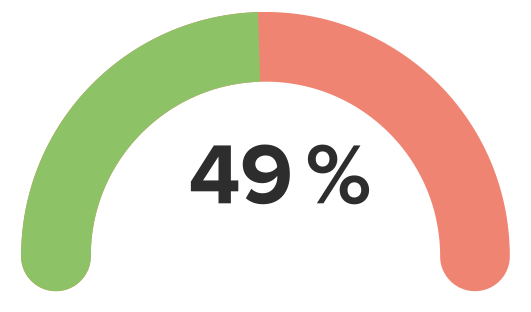
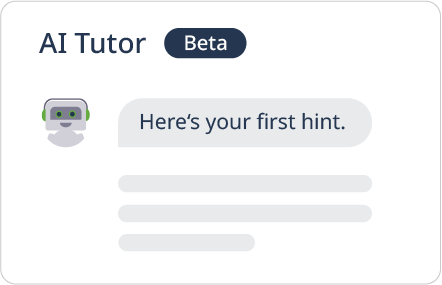

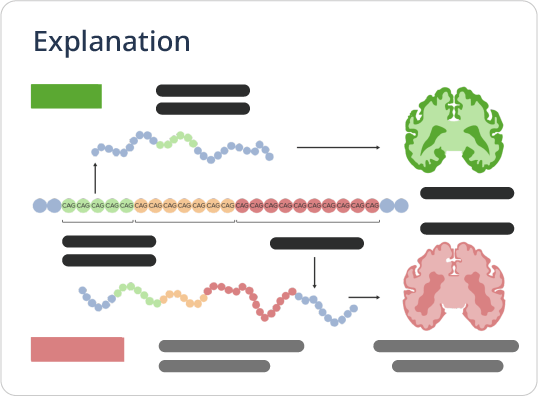

The Lecturio platform is more than just a Qbank
Study with advanced learning methods and smarter technology
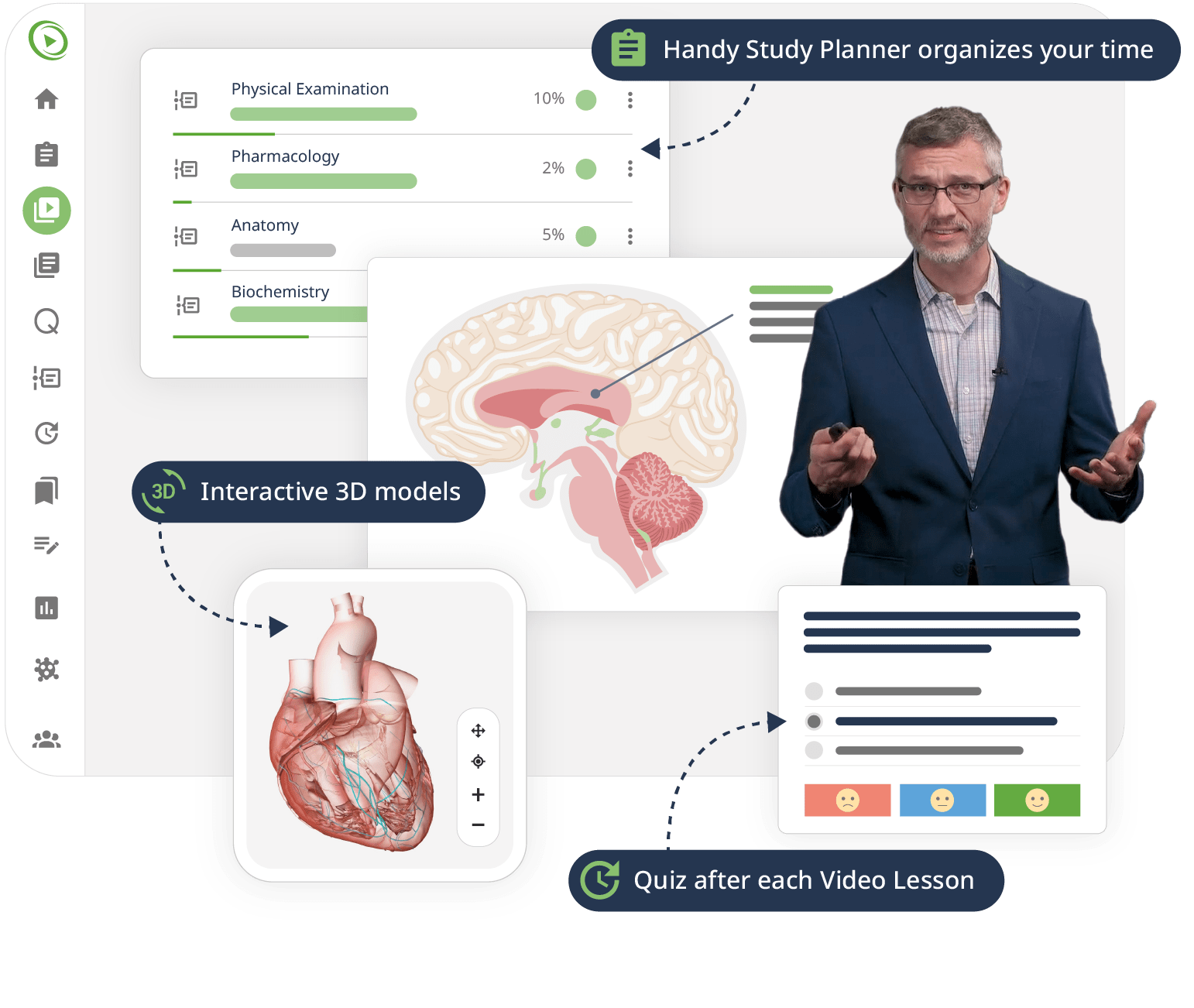
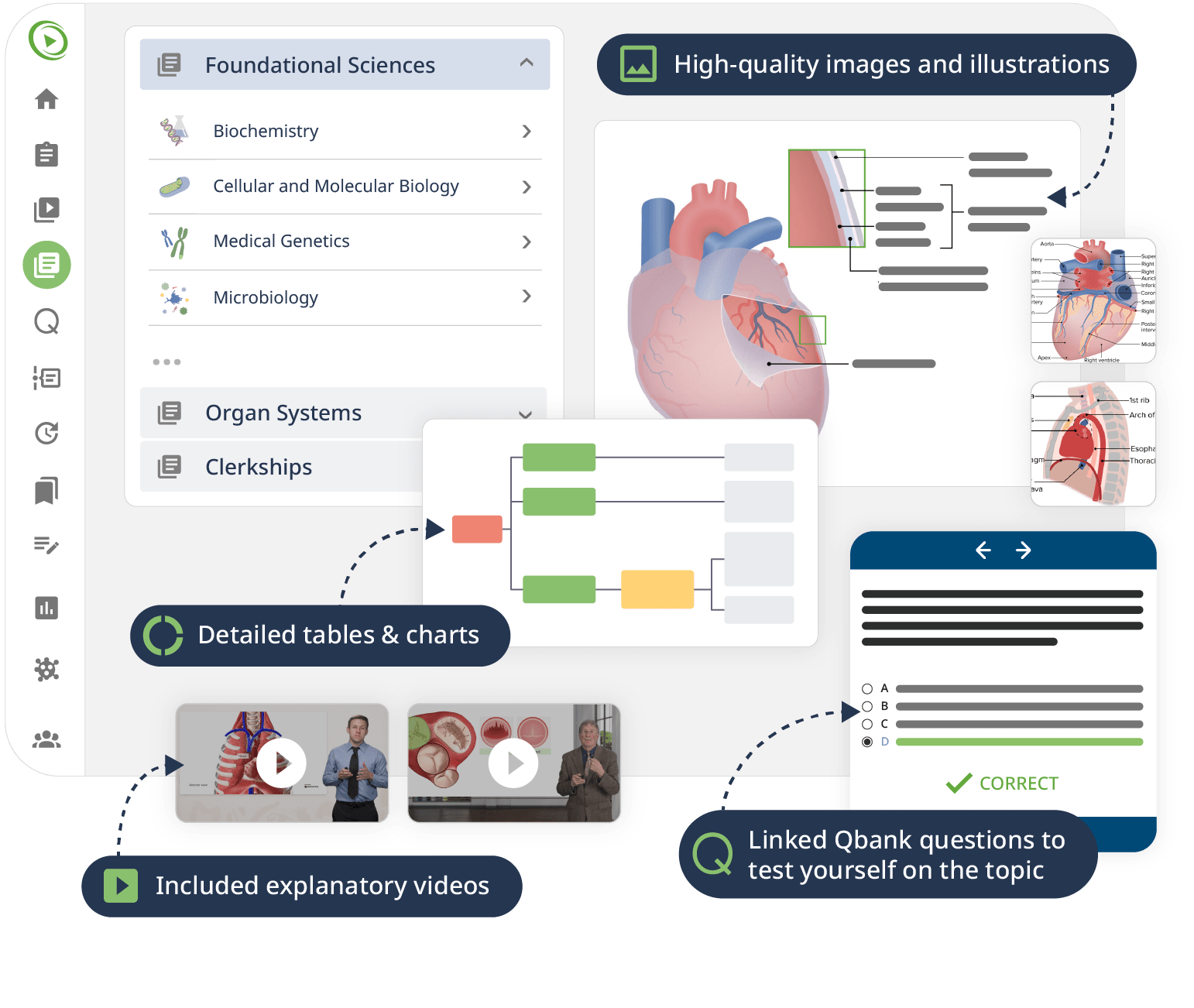
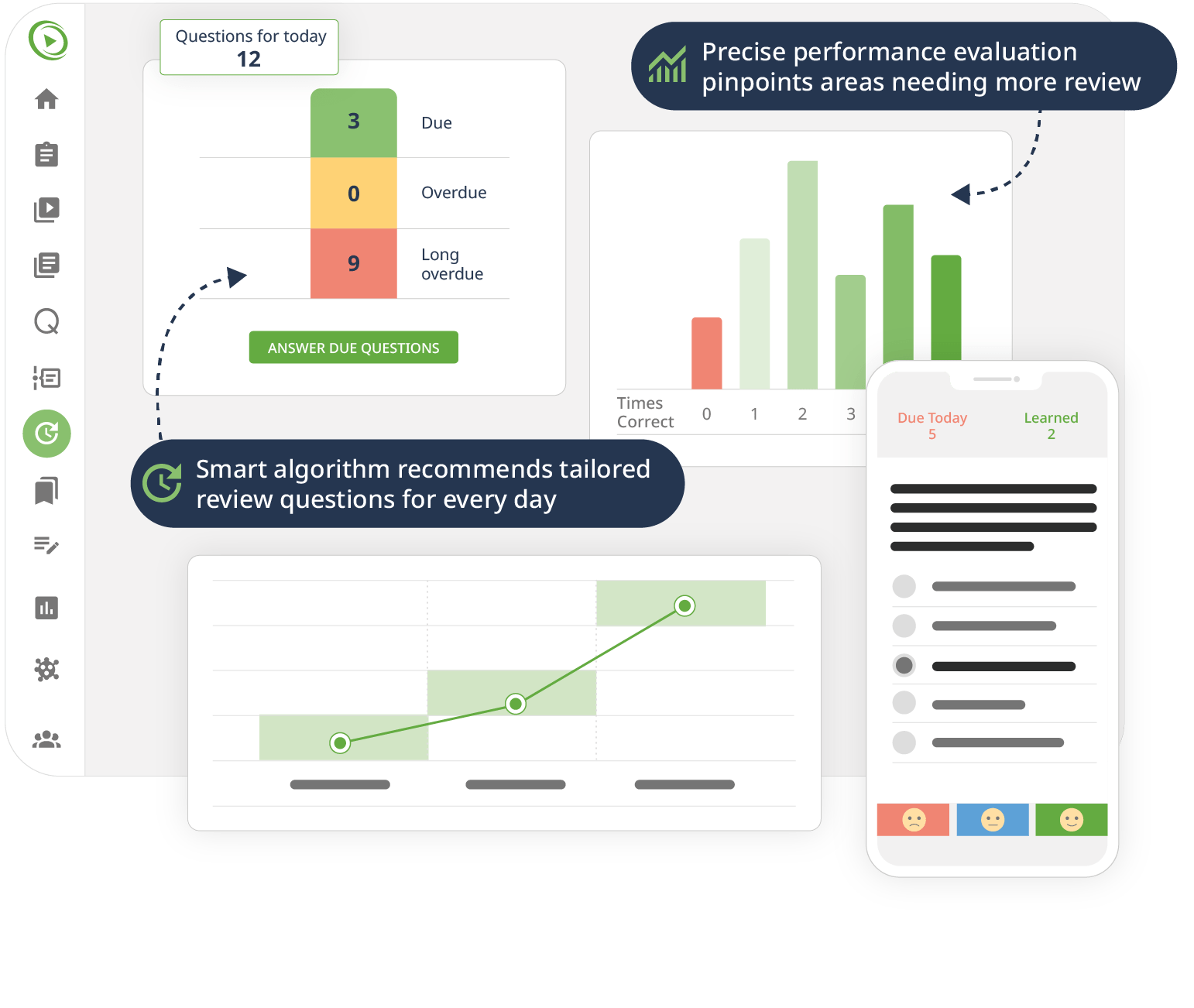



Try 10 free sample PANCE questions
Tackle these PANCE practice questions and many more by signing up today!
A 68-year-old woman returns to the clinic for follow-up after she was seen the day before for a painful, vesicular rash to the left side of her forehead and her left temple. She has never had this type of rash before anywhere on her body. On today’s visit, she reports left eye irritation, increased tearing, and light sensitivity. On a fluorescein dye examination, a dendritic uptake pattern is noted next to a 1 mm diameter ulceration. What pathogen is most likely responsible for these findings?
A. Herpes simplex virus type 1
B. Measles
C. Pseudomonas
D. Staphylococcus aureus
E. Varicella-zoster virus
A 40-year-old man with obesity is seen in urgent care for severe right upper quadrant pain. He states that the pain is constant, began about 7 hours ago, radiates to the right shoulder, and is getting worse. It is associated with nausea but no vomiting. He admits to having similar episodes in the past that lasted several hours and resolved spontaneously. His temperature is 37.0℃ (98.6℉) and all other vital signs are within normal limits. An abdominal examination shows right upper quadrant tenderness but no organomegaly. What is most likely to be found on his history of present illness?
A. He takes iron supplements.
B. He has recently finished a course of antibiotics.
C. The pain started 1 hour after eating a fatty meal.
D. He drank alcohol with his last meal.
E. The pain started after a high-protein meal.
A 67-year-old man presents for evaluation of recurrent syncope and episodic dizziness. A Holter monitor shows paroxysmal episodes of atrial fibrillation, with rapid ventricular response, episodes of bradycardia, and a pulse rate as low as 30/min. The abnormal heart rhythm corresponds with the patient’s symptoms. An in-office ECG shows no acute abnormalities, with a normal sinus rhythm and a pulse rate of 76/min. The patient experiences no symptoms during this office visit, and his vital signs are within normal limits. Which of the following is the most common etiology associated with this patient’s condition?
A. Medication interaction
B. Sinus node fibrosis
C. Hypomagnesemia
D. Hashimoto’s thyroiditis
E. Coronary artery disease
A 38-year-old man presents to the emergency department for evaluation of palpitations. He reports recently experiencing upper respiratory problems and was treated at an urgent care facility 3 days ago. At that time, he was diagnosed with acute bronchitis and received a prescription for guaifenesin with codeine for his cough. He has a history of asthma and congenital QT prolongation and uses an albuterol metered-dose inhaler as needed for his asthma with no other regular medications. His blood pressure is 100/60 mm Hg, pulse rate is 160/min, respirations are 20/min, oxygen saturation is 98% on room air, and temperature is 37.2°C (98.9°F). An ECG shows a wide-complex polymorphic ventricular rhythm with a rate of 160/min. What is the best initial medication for this patient?
A. Amiodarone 150 mg
B. Diltiazem 0.25 mg/kg
C. Magnesium sulfate 2 g
D. Metoprolol 5 mg
E. Lidocaine 1.5 mg/kg
A 60-year-old man with recent onset of hypertension presents to the clinic for a constellation of symptoms that have gradually progressed over 2–3 months. His reported symptoms include fever, weakness, anorexia, unintentional 4.5 kg (10 lb) weight loss, fatigue, intermittent abdominal pain, and dull pain in multiple muscles and joints in his arms and legs. He also notes that his fingers and toes turn blue when they get cold. He denies any recent infections, upper respiratory tract symptoms, cough or hemoptysis, chest pain, dyspnea, nausea, or vomiting. As well, he has not traveled recently, had any sick contacts, or had any new medication exposure. The man also denies smoking, alcohol use, or illicit drug use. Physical examination reveals asymmetric neuropathy consistent with mononeuritis multiplex. Initial laboratory tests reveal mildly elevated levels of blood urea nitrogen, creatinine, and C-reactive protein. Tests for antineutrophil cytoplasmic antibodies (ANCA) are negative. What is the most likely diagnosis?
A. Polyarteritis nodosa
B. Granulomatosis with polyangiitis
C. Goodpasture disease
D. IgA vasculitis
E. Buerger disease
A 36-year-old woman presents to her primary care provider with a chief complaint of breast tenderness. It is worse before her menstrual cycle, and she reports that she has tender, palpable lumps at times. The patient denies any skin or nipple changes and reports no significant social or family history. She was referred for a diagnostic mammogram and ultrasound, which demonstrate multiple, smooth, fluid-filled cysts throughout her breast tissue (3 on the right and 2 on the left), none greater than 1 cm in diameter. The aspirate of these cysts is benign. Which advice is most likely to improve the patient’s discomfort?
A. Apply a cool compress to the breasts
B. Avoid massaging the breast tissue
C. Increase the fat in her diet
D. Limit foods and beverages containing caffeine
E. Limit wearing a bra
A premature infant at 32 weeks gestation is born in a rural hospital emergency department without obstetric services. The pregnancy has been uncomplicated. The delivery was quick and uncomplicated. The infant was dried, suctioned, warmed, and stimulated with spontaneous breathing and crying. The APGAR score is 5 at 1 minute and 7 at 5 minutes. Several minutes later, the infant displays respiratory distress with tachypnea, nasal flaring, accessory muscle use, and expiratory grunting. Oxygen is applied, and a chest X-ray is obtained that shows low lung volume with diffuse ground-glass appearance and air bronchograms. What should the main treatment be?
A. Admit with continued oxygen therapy only
B. Continuous positive airway pressure (CPAP)
C. Endotracheal intubation
D. High flow nasal oxygen therapy
E. Transfer the patient without further treatment
A 70-year-old woman returns to the clinic with continued and worsening flu symptoms. She was seen 5 days ago with fever, myalgia, cough, headache, and congestion, and had a positive Influenza A swab. She was started on antiviral therapy and has completed her course today. Symptoms have worsened over the last several days, with fever, cough, and myalgia. The patient has a history of diabetes mellitus, heart failure, and COPD. On examination, she is tachypneic, ill-appearing, and her temperature is 38.2°C (100.4°F). What is the most likely diagnosis?
A. Bacterial pneumonia
B. Pneumocystis jirovecii
C. Viral pneumonia
D. Aspergillosis
E. Atypical pneumonia
A 33-year-old woman with asthma is evaluated at a primary care clinic for an increase in symptoms including shortness of breath, cough, and wheezing for several days. The cough is dry and forceful. She reports no fevers, chills, or other generalized symptoms. She also has no other respiratory symptoms. Her vital signs are normal, and her physical examination is significant only for expiratory wheezing in all lung fields upon auscultation. What are the three main pathophysiological components of her condition?
A. Airway inflammation, intermittent airflow obstruction, and bronchial hyperresponsiveness
B. Bronchoconstriction, hypoxia, and tachycardia
C. Tachycardia, alveolar collapse, capillary leakage
D. Carbon dioxide retention, hypoxia, and wheezing
E. Bacterial infection, bronchoconstriction, and bronchial wall edema
A 2-year-old boy is brought to his healthcare provider by his parents following his second episode of a febrile seizure. The parents are well-educated on how to keep him safe during the seizure but would like to be better prepared on how to respond in the future as they live over 20 minutes from the nearest medical facility. What medication is the most appropriate to give this child if he experiences another febrile seizure that does not resolve on its own, or results in respiratory distress?
A. Diazepam
B. Diphenhydramine
C. Gabapentin
D. Fosphenytoin
E. Valproic acid
FAQs
A Qbank, short for “question bank,” is a database of practice questions used as a study tool to prepare for exams. A Qbank for the PANCE exam will contain a multitude of questions that are similar in content and structure to those that will be on the actual exam, allowing you to practice under conditions that mirror the actual test.
Taking practice questions is the only way of studying that simultaneously helps you learn, apply your knowledge, and identify weak areas. Additionally, it trains your stamina for test day and gets you familiar with the PANCE format.
Our student success stories speak for themselves: 93% of users would recommend it to a friend, 97% found that using Lecturio increased flexibility and convenience in their studying. See more success statistics –>
Yes, you can register your Lecturio account for free, with no obligations and no credit card required. Your free account gives you access to around 20% of the full content for an unlimited time. You can upgrade to a paid account with full access at any time. Additionally, we offer a 14-day free trial of Lecturio Premium for new users.